In these trying times, memes are a nice refuge from really whatever you might have going on. They are simple, digestible and often relatable, since they tend to be made by just regular folks out there turning common experiences into a bit of comedy.
The “Meme Life” Facebook page is dedicated to fun, relatable and just hilarious memes. So get comfortable as you scroll through, upvote your favorites and be sure to share your thoughts in the comments below.
More info: Facebook
#1

#2
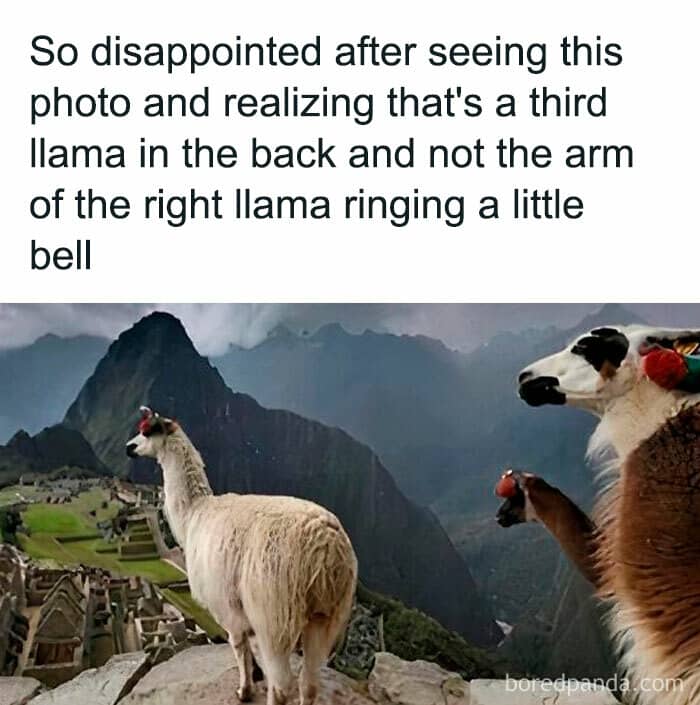
#3

Memes trace their conceptual roots to Richard Dawkins’s 1976 book The Selfish Gene, where he coined “meme” as a unit of cultural transmission, an idea that replicates and evolves much like a gene within human societies. Long before the internet, this framework helped explain how jokes, tunes, and fashions spread through word‑of‑mouth and print; it laid the groundwork for understanding the viral logic that would later power online memes.
The specific term “Internet meme” emerged in 1993 when lawyer and author Mike Godwin observed how certain jokes and images proliferated across Usenet groups and message boards, replicating and mutating as they traveled from server to server. Early examples included ASCII art, chain emails, and simple jokes that users copied and pasted, creating the first digital viral phenomena long before social media platforms existed.
#4

#5

#6

As broadband access expanded in the late 1990s and early 2000s, memes evolved into more sophisticated image macros, white‑text captions over photos with exaggerated facial expressions or iconic scenes. Classics like “I Can Has Cheezburger” (LOLcats) and “Rickroll” demonstrated how a single clever pairing of image and text could spread across forums, blogs, and eventually message boards like 4chan.
#7

#8
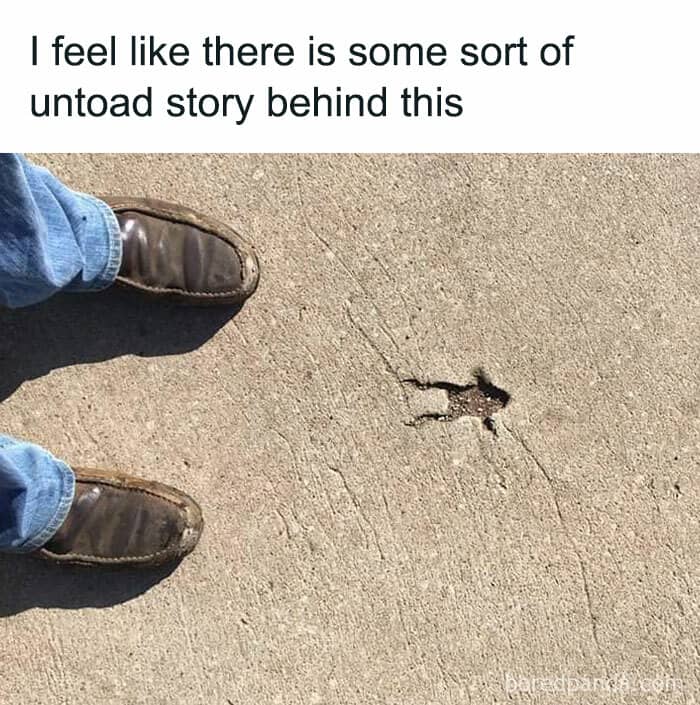
#9

The advent of YouTube, Twitter, and Facebook further accelerated meme culture, allowing video snippets, GIFs, and hashtag‐driven challenges to achieve global reach in minutes. Beyond simple humor, memes function as a form of cultural commentary and community building.
#10

#11

#12
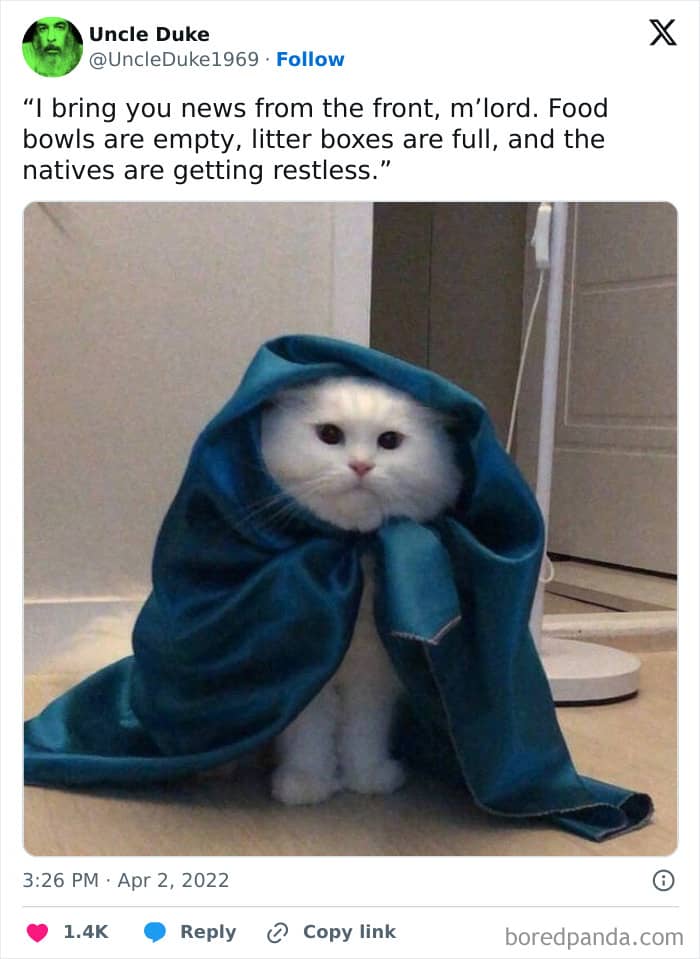
Researchers highlight how memes distill complex ideas and social critiques into bite‑sized, shareable formats, acting as a “looking glass” for prevailing attitudes about politics, identity, and pop culture. Digital humanists even analyze meme lifecycles to track how different communities adapt and repurpose content for localized meanings, revealing layers of collective sentiment and belonging.
#13
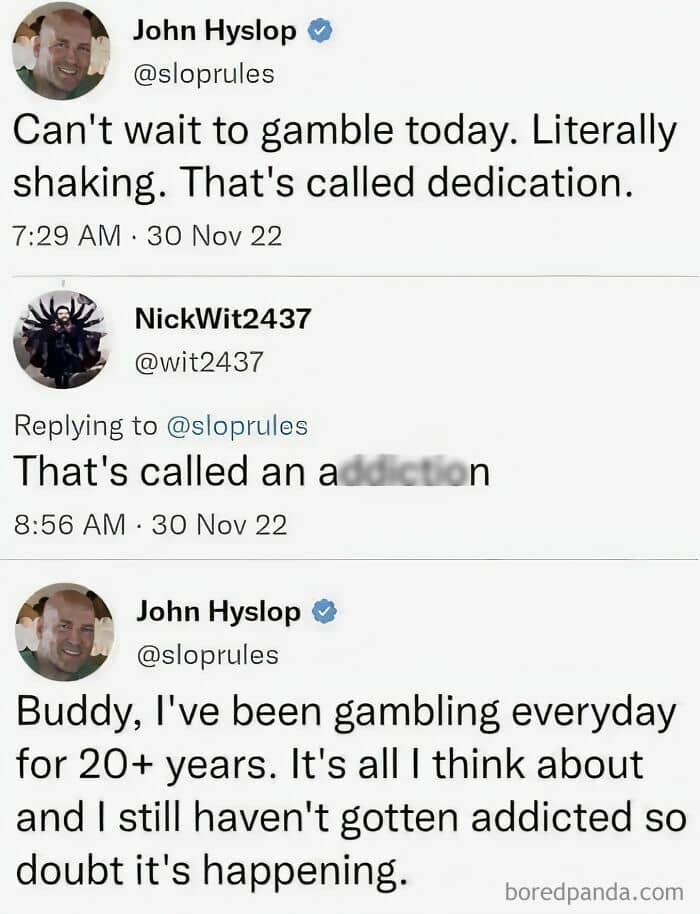
#14
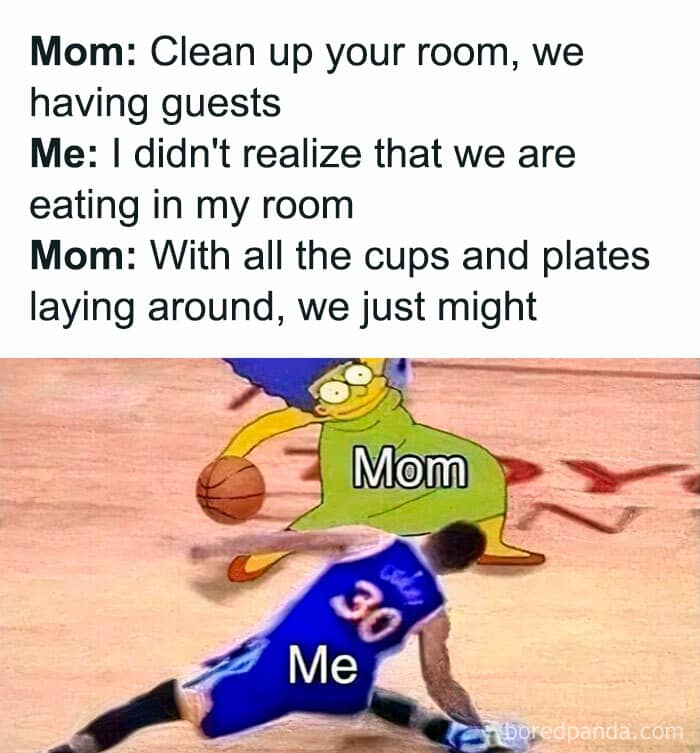
#15

The popularity of memes also hinges on their relatability and rapid production cycle. In an era of information overload, a meme that captures the pain of a Sunday night dread or the absurdity of video‑call mishaps offers instant validation and comic relief. Their minimal text and striking visuals accommodate bite‑sized attention spans, prompting quick reactions, shares, and iterations that reinforce a sense of shared experience.
#16
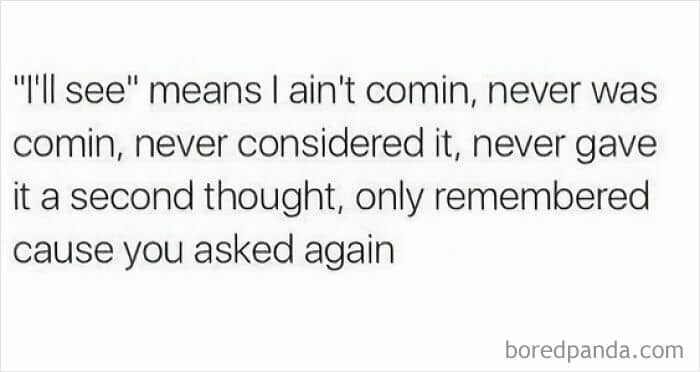
#17
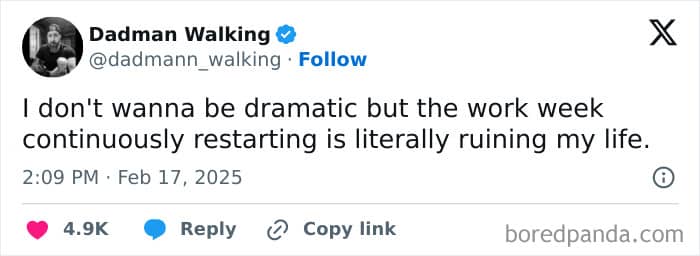
#18

In recent years, memes have transcended pure entertainment to become tools for political messaging, brand marketing, and even extremist recruitment. Highly shareable imagery allows movements on all sides to spread slogans and symbols with emotional impact, sometimes simplifying or polarizing complex issues. Brands, agencies, and content creators have seized on meme formats to generate engagement, though this commercialization often sparks debates about authenticity and creative ownership.
#19

#20
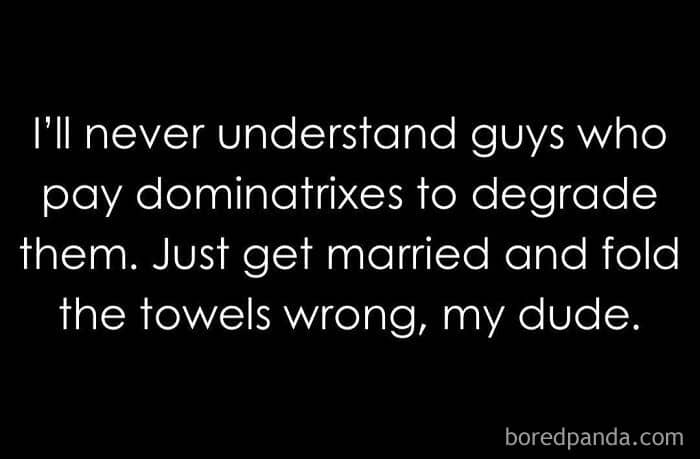
#21

Today, memes are an integral part of how we communicate, blending humor, identity, and cultural critique into a dynamic visual language. Their ability to evolve, adapt, and resonate across diverse audiences ensures they’ll remain a central feature of online life, constantly morphing as new platforms and social contexts emerge.
#22

#23
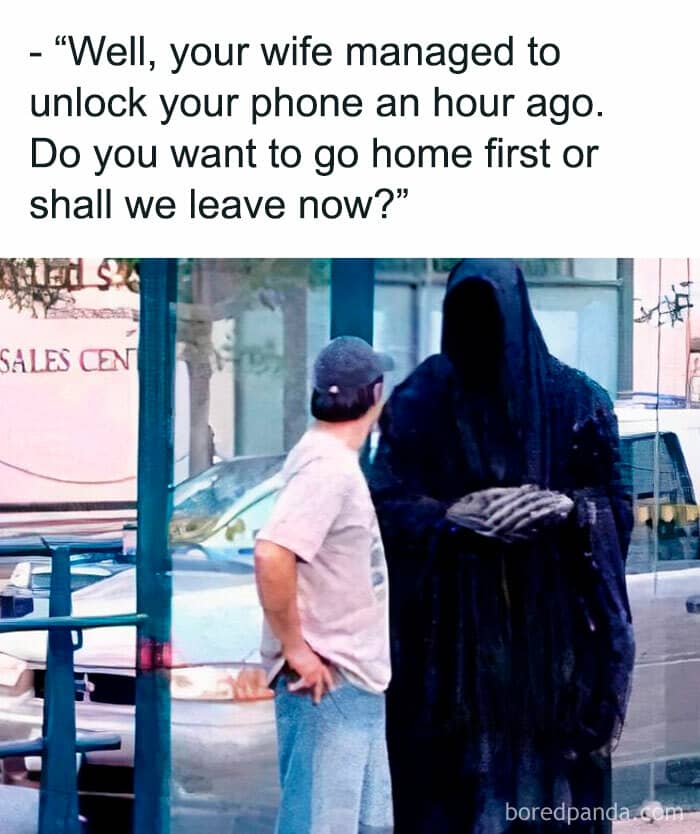
#24
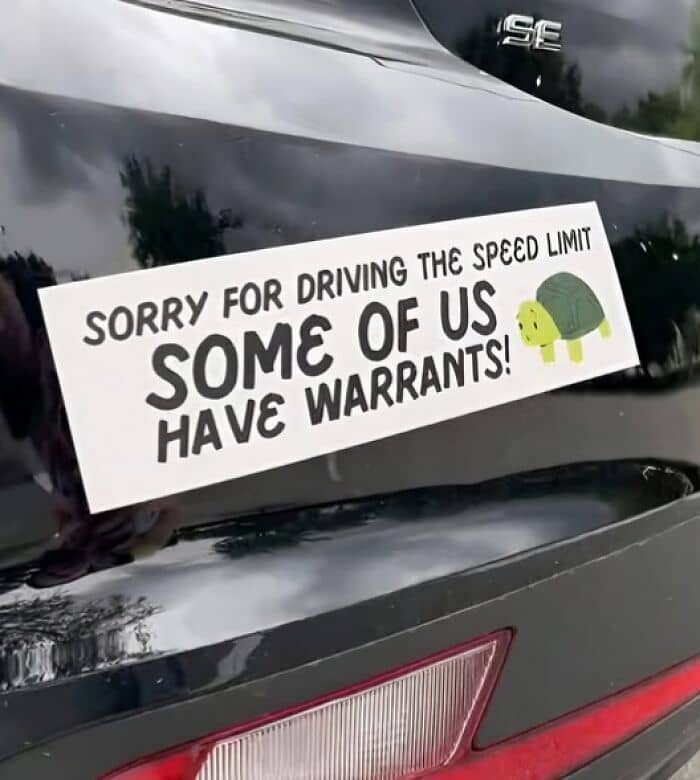
#25
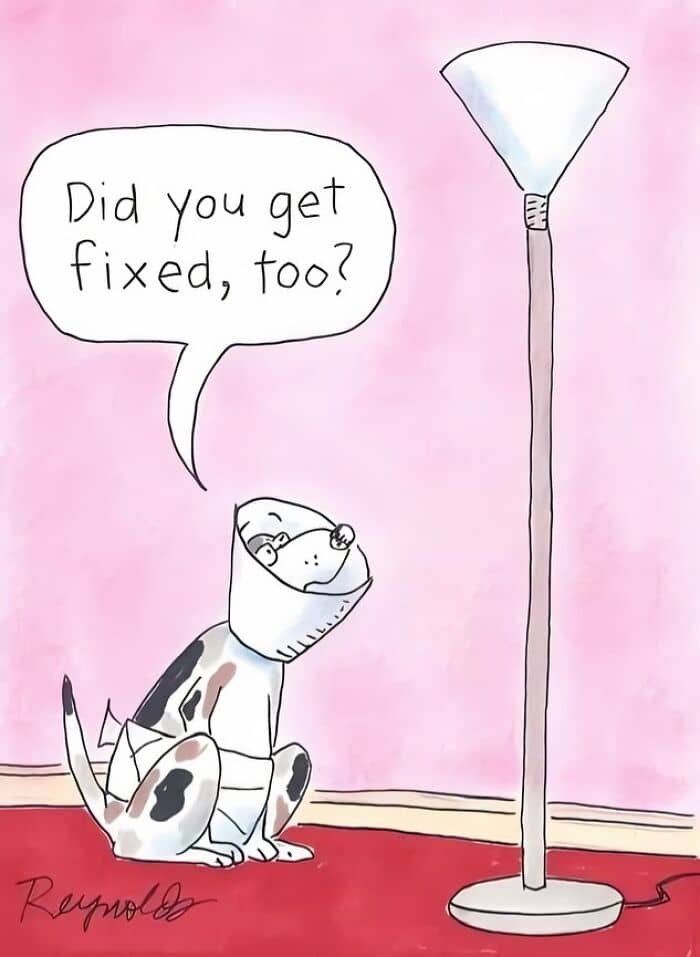
#26
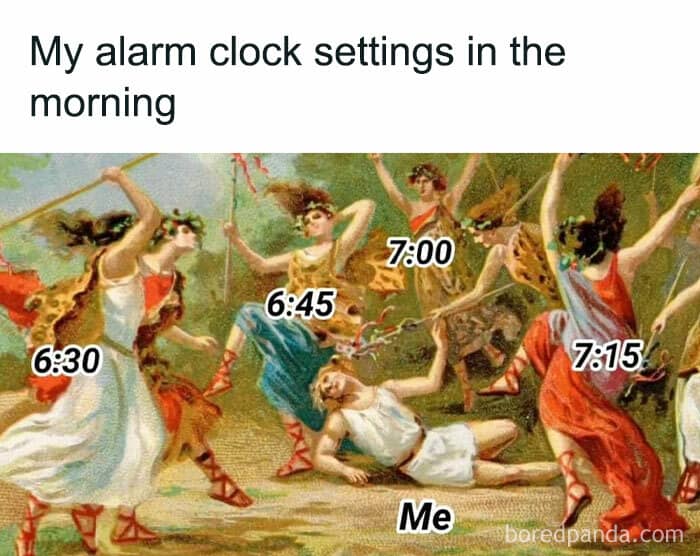
#27

#28
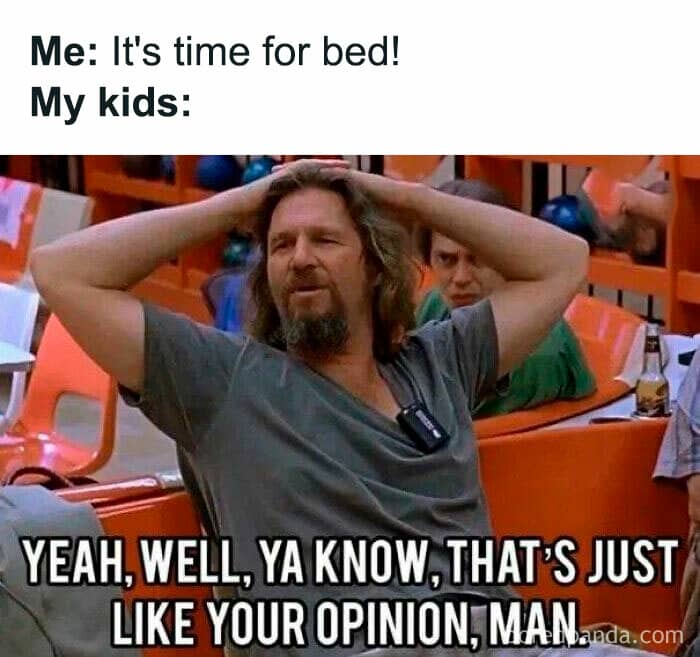
#29

#30
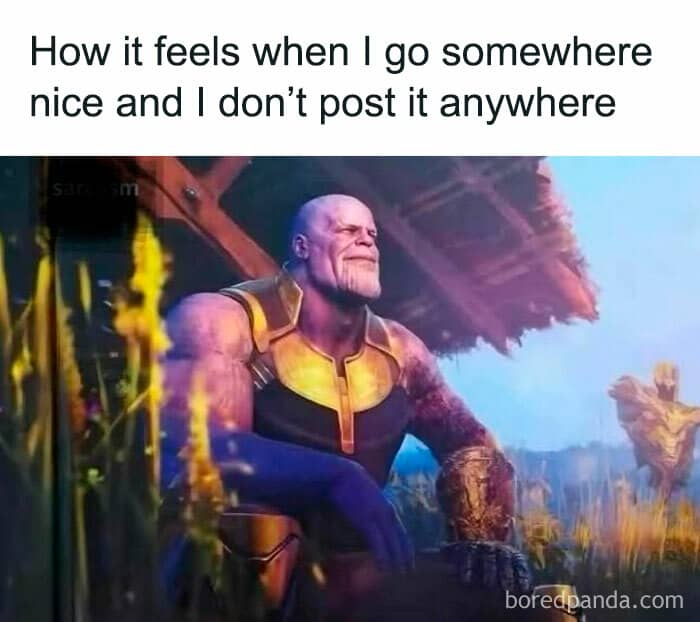
#31
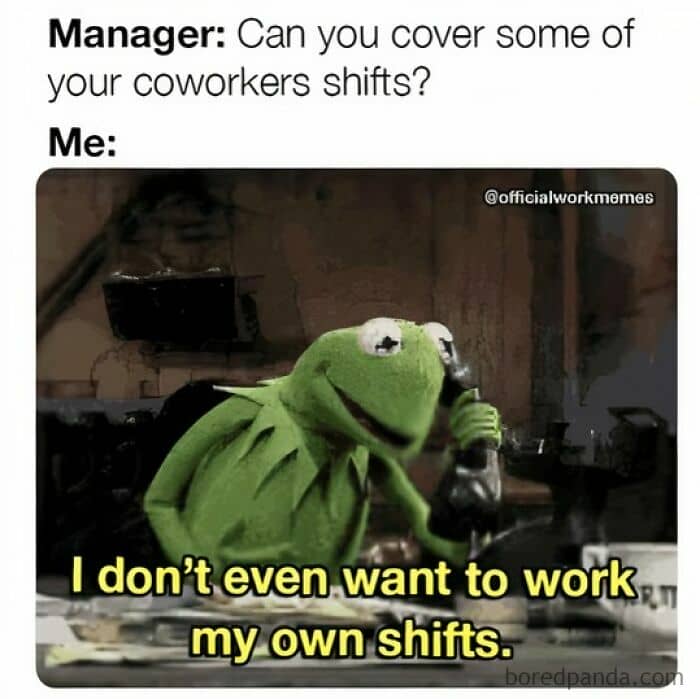
#32

#33

#34
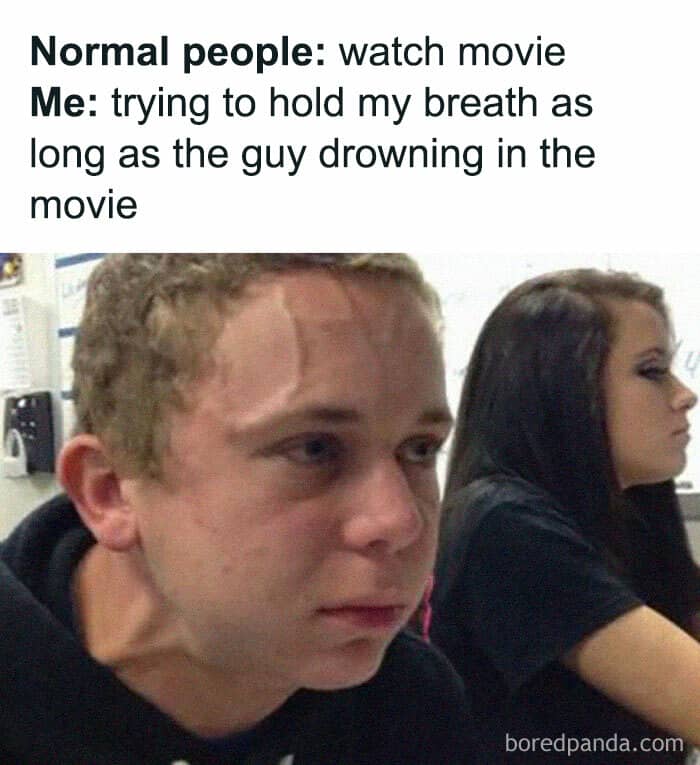
#35

#36

#37
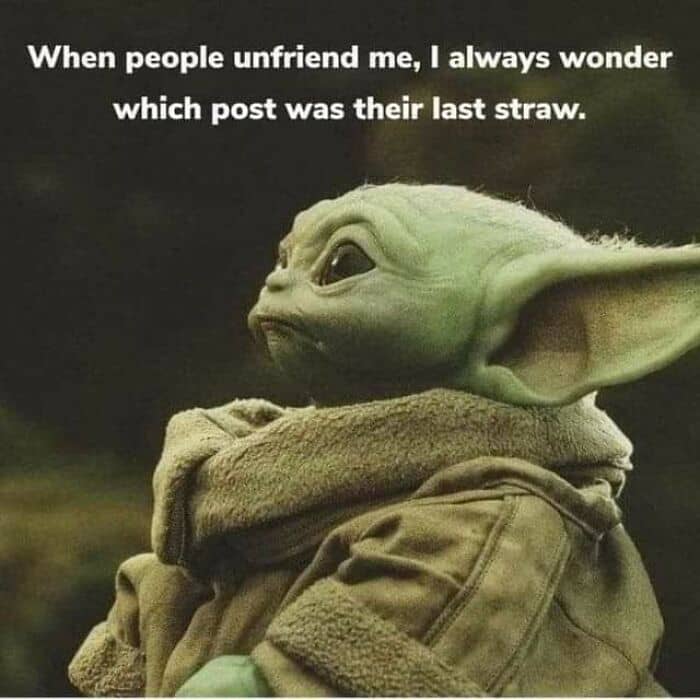
#38
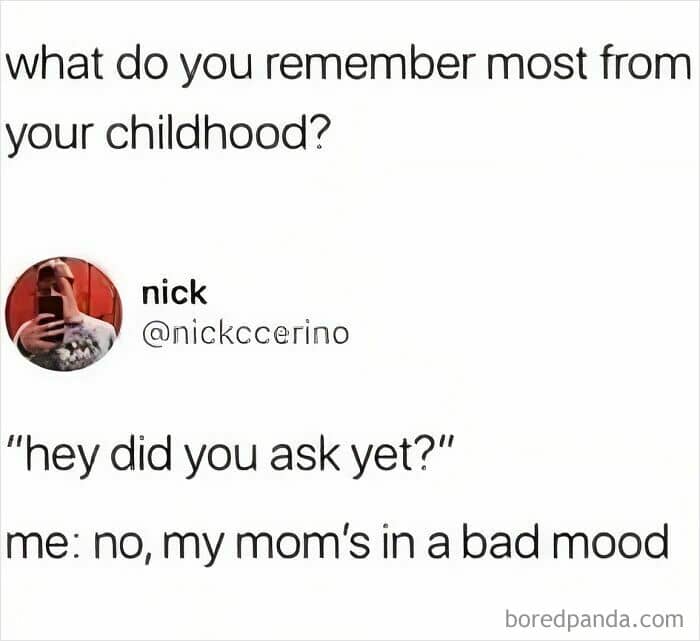
#39
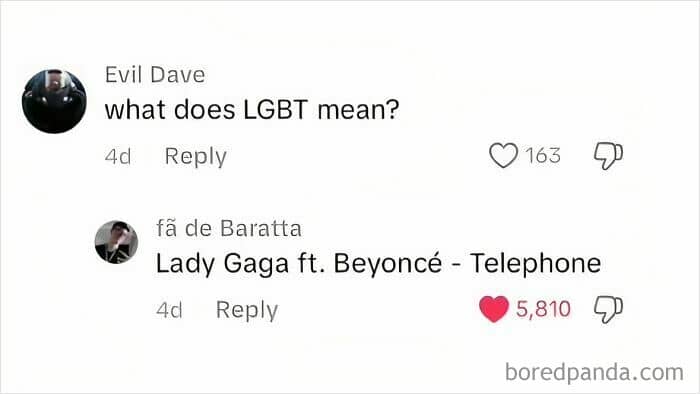
#40
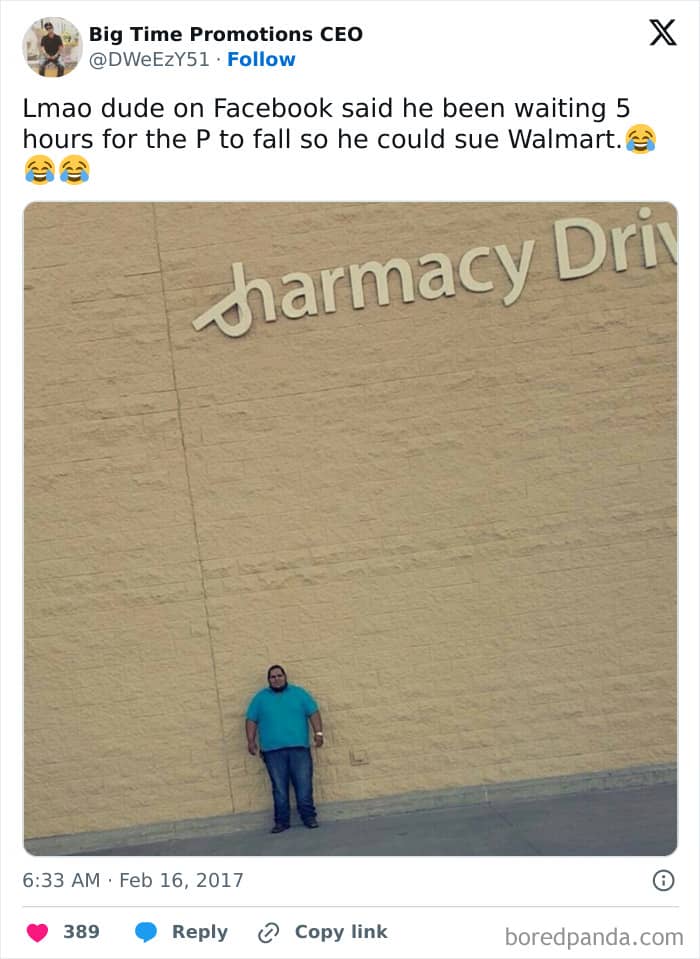
#41
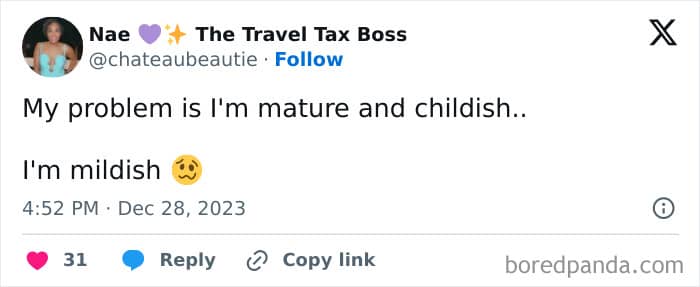
#42
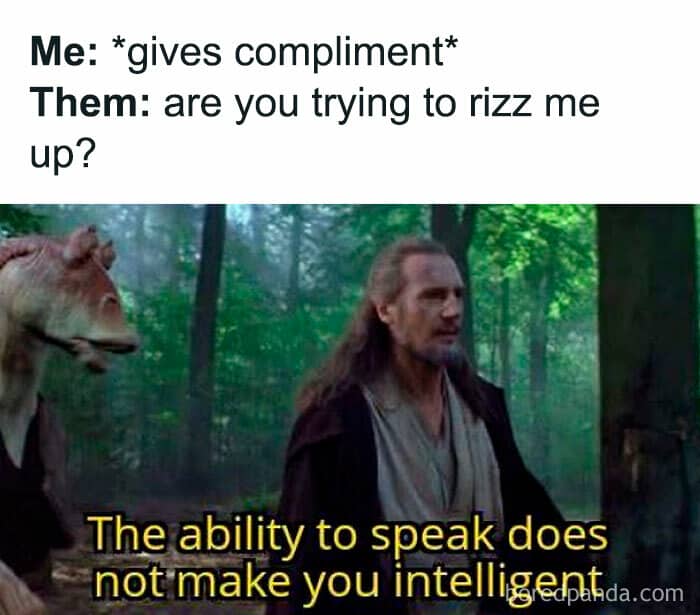
#43
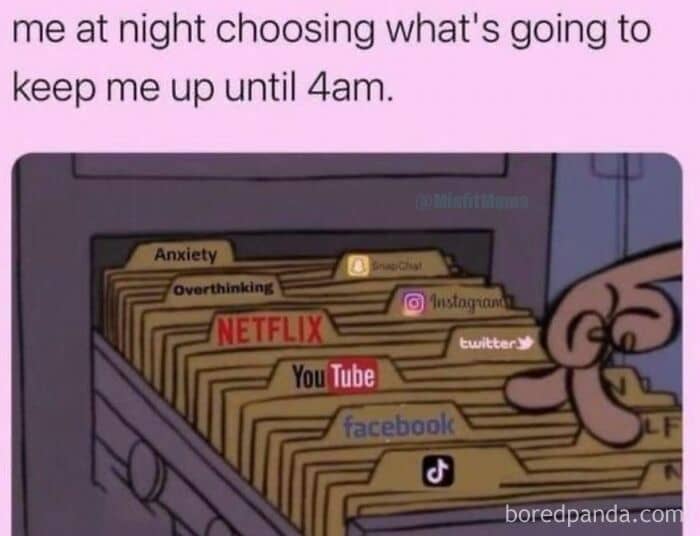
#44

#45

#46
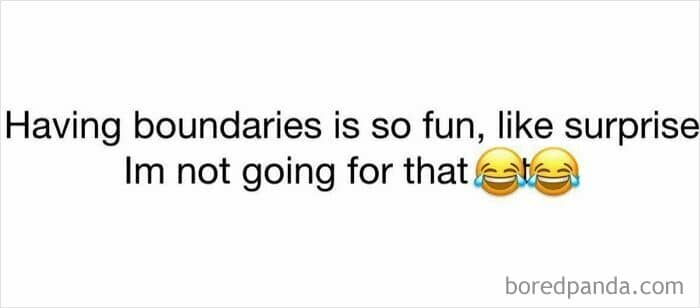
#47

#48

#49

#50

Note: this post originally had 56 images. It’s been shortened to the top 50 images based on user votes.